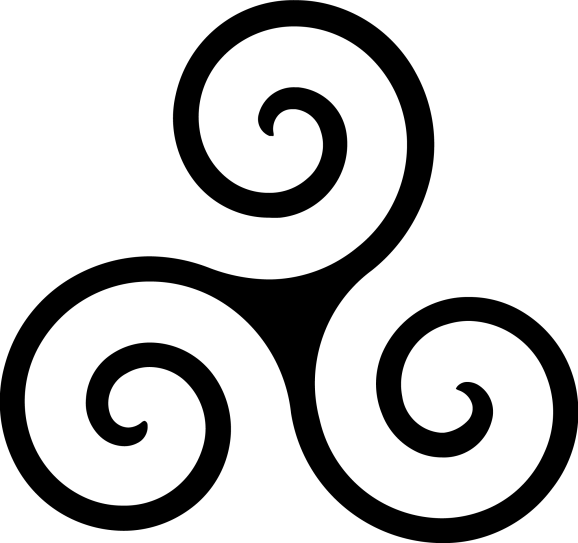Celebrating World Press Freedom Day 2020
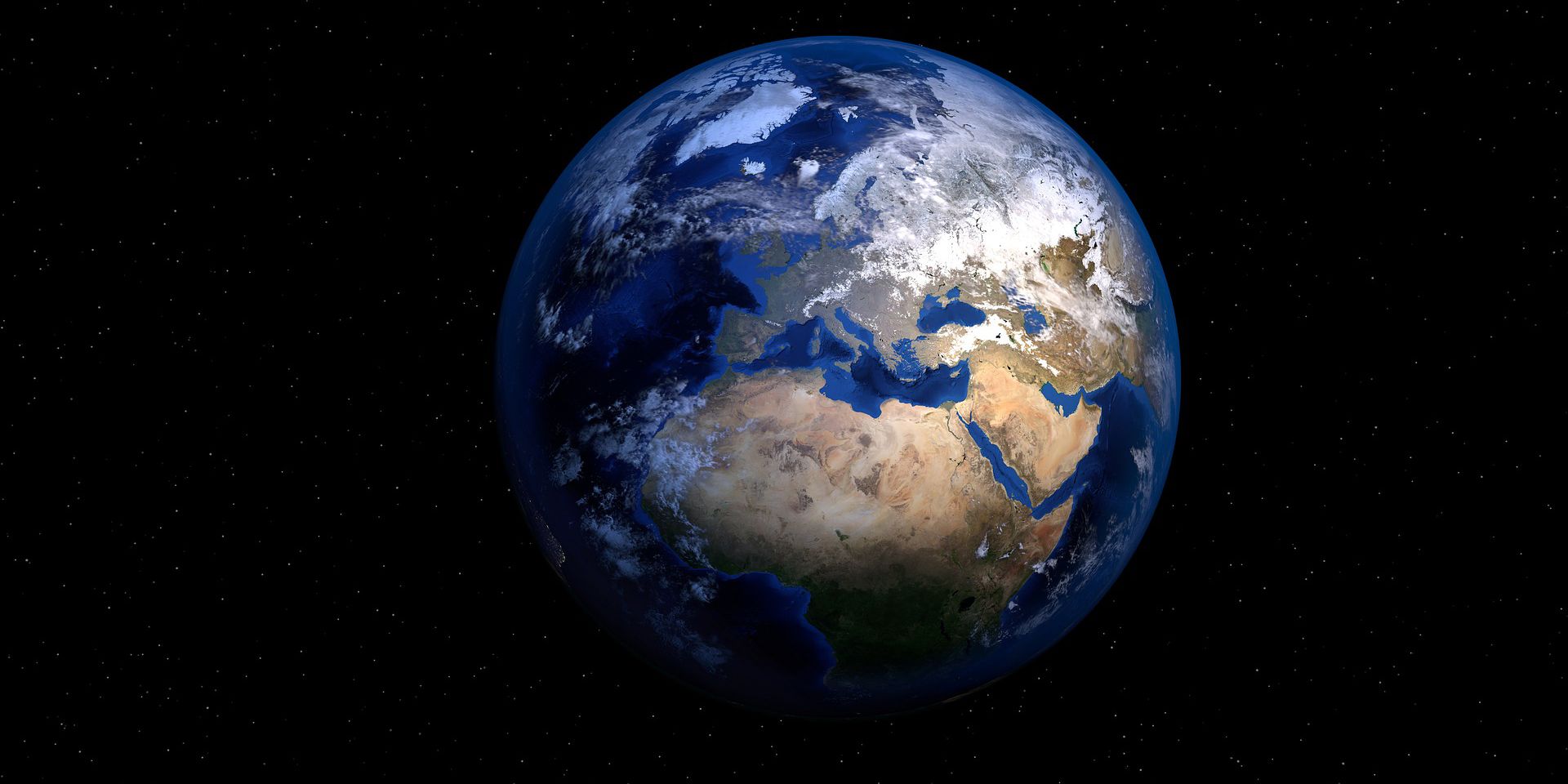
Four years on from our initial AKASHA unveiling, we revisit where we’ve been and where we are currently headed in order to look at how AKASHA has celebrated World Press Freedom Day through the years.
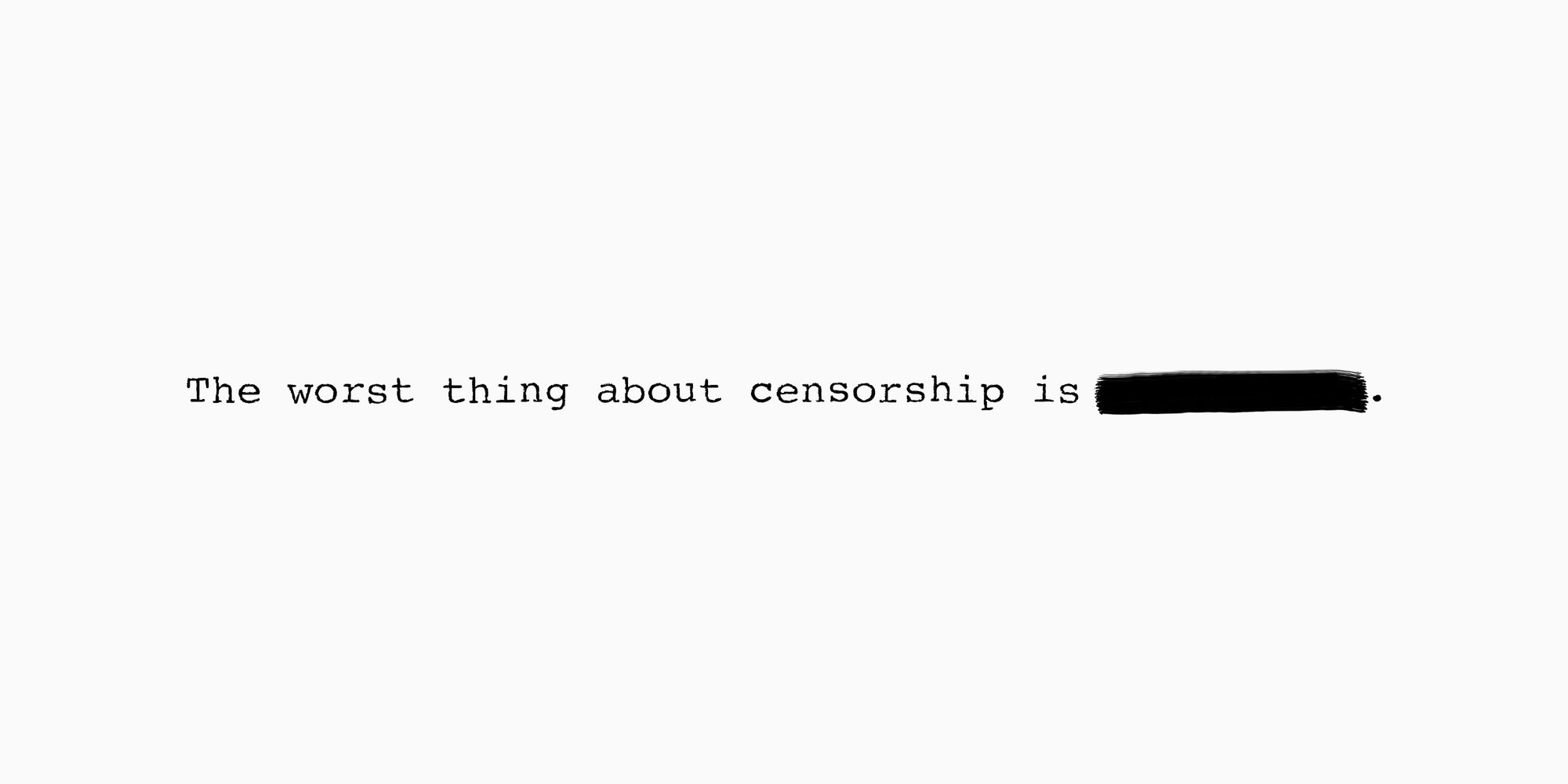
AKASHA’s First World Press Freedom Day (2016)
Humanity needs a better home of Mind
John Perry Barlow, A Declaration of the Independence of Cyberspace
On May 3 2016, we celebrated World Press Freedom day by unveiling the AKASHA project to the world at large, simultaneously opening signups for the alpha dapp release. This release attracted significant attention; we surpassed 2,000 sign ups by the end of the month, with 7,000 by the end of 2016. Mihai explained the impetus behind the creation of AKASHA in an article on the AKASHA blog:
Ever since I joined Vitalik in the Ethereum project as cofounder in late 2013, I’ve dreamed about the ways Ethereum could be used to solve some of the biggest issues we face as a civilization
We are basically living in an information age plagued by arbitrary censorship and digital amnesia, affecting every Internet user
More than a social media platform, we’re basically building the social fabric for the nascent etherweb. We are about to create the missing puzzle piece that will enable us to tackle two of the most important challenges we face today as a modern information-based society: freedom of expression and creative perpetuity.
Back then AKASHA was focused on the development of a blogging platform, with other features pushed into the future. We looked to be an important gear in the Web 3.0 vision, removing the need for centralized server infrastructure.
These ideas were further explored in an article in The Merkle, dated 9th May 2016, and an article by Bitcoin Magazine, dated 6th May 2016. The word was out, people were enthused, and we were BUIDLing.
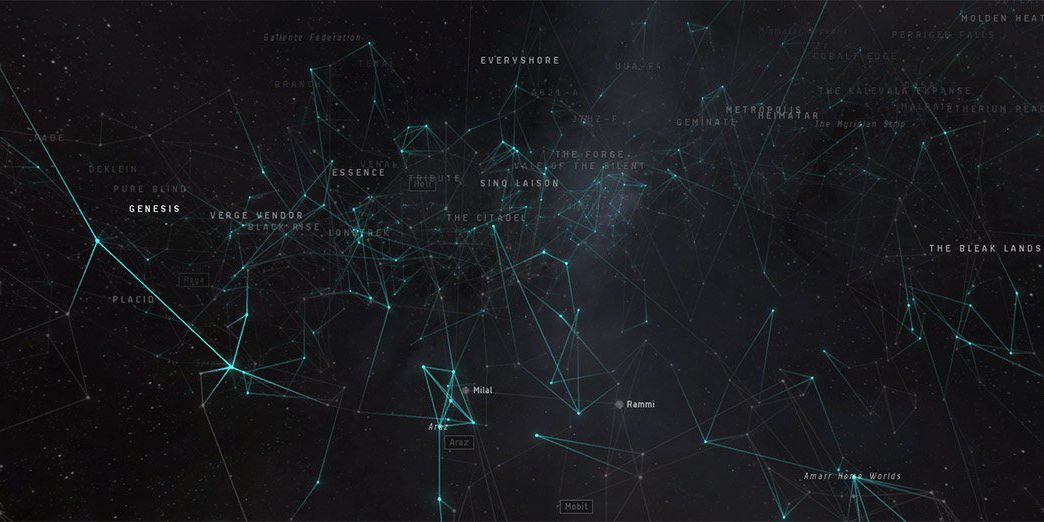
AKASHA’s Second World Press Freedom Day (2017)
On May 3 2017, we looked back on the year that had passed in a blog article called An Odyssey of Discovery; looking toward the future and recapping the trials and tribulations of our December launch:
Following your amazing warm welcome, we felt both energized and motivated to give it our 110% and deliver something good as soon as possible. It was becoming clear that we haven't been crazy for spending the last several months of our lives working on this....or that we weren't the only ones who were crazy! :)
Fast forwarding a few months - on the evening between 22-23 Dec - we were making the final preparations for the first public release. This is when we stumbled upon a new bug while working on the first AKASHA guide/tutorial to help people get started with our dapp. Oh snap.
For a brief moment, the overall feeling went from excitement to sadness- as we were beginning to doubt if we would get AKASHA into the hands of people this year. But before the bitter feeling could even settle in, the team was already back at their computers trying to figure out what went wrong.
This started around 21:00 and lasted until close to 00:30 when we had finally fixed things up. Around 03:20 we were ready with pretty much everything, and then this message greeted us:
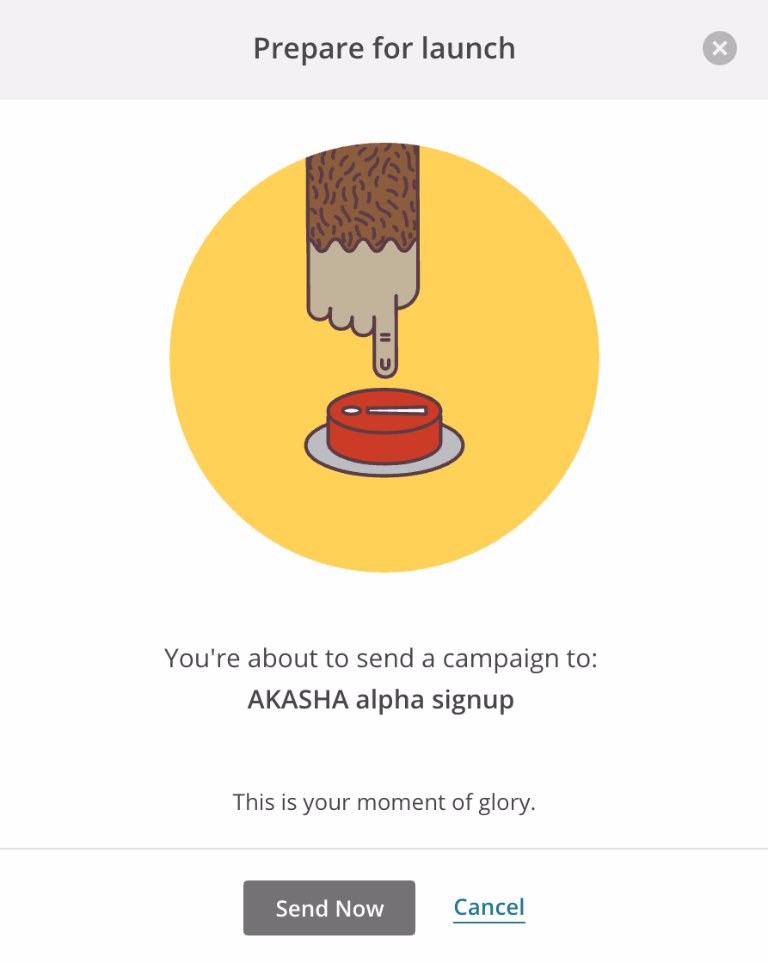
The rest is history. After proving that the idea could work from a technological standpoint, we looked to experimentation with cryptoeconomics, reputation, and incentives.
the intention is not to simply create "a token" to raise funds - but to create a framework for multiple cryptoeconomic experiments. The main idea is revolving around changing various incentive layer parameters and parallel experimentation.
You can imagine A/B testing on the cryptoeconomic layer; taking the most interesting token proposals and learning how they impact the health of the ecosystem and its behaviour. The most promising ideas will receive extra attention and undergo intense breakathons in an attempt to expose any weaknesses that might have escaped until this stage.
Most of the experiments will fail and that's okay, because we learn from the process.
Through these experiments we increase our chance of finding the "most amazing token idea for social networks ever". Once that is uncovered, we have built in the process the perfect environment where the idea can reach new levels of insight - since it's not evolving in one mind; but in a sea of minds made up virtually entirely of innovators.
Learning from experiments has been such a key part of AKASHA through the years, something which is clear from the article's sign off:
This is more than just witnessing history in the making. This is what building the future feels like. How far can we take it? What's the limit? Is there really a limit in the first place? Let’s find out together!
AKASHA’s Third World Press Freedom Day (2018)
AKASHA’s 3rd World Press Freedom Day happened during EDCON (Community Ethereum Development Conference) in Toronto, where we explored some of the ideas that we had been looking into since An Odyssey of Discovery. The first piece of non-AKASHA writing referenced in the presentation is Charlie Magee’s The Age of Imagination: Coming Soon to a Civilization Near You, a short and delightful read for anyone wanting to get an idea of our thinking at the time.
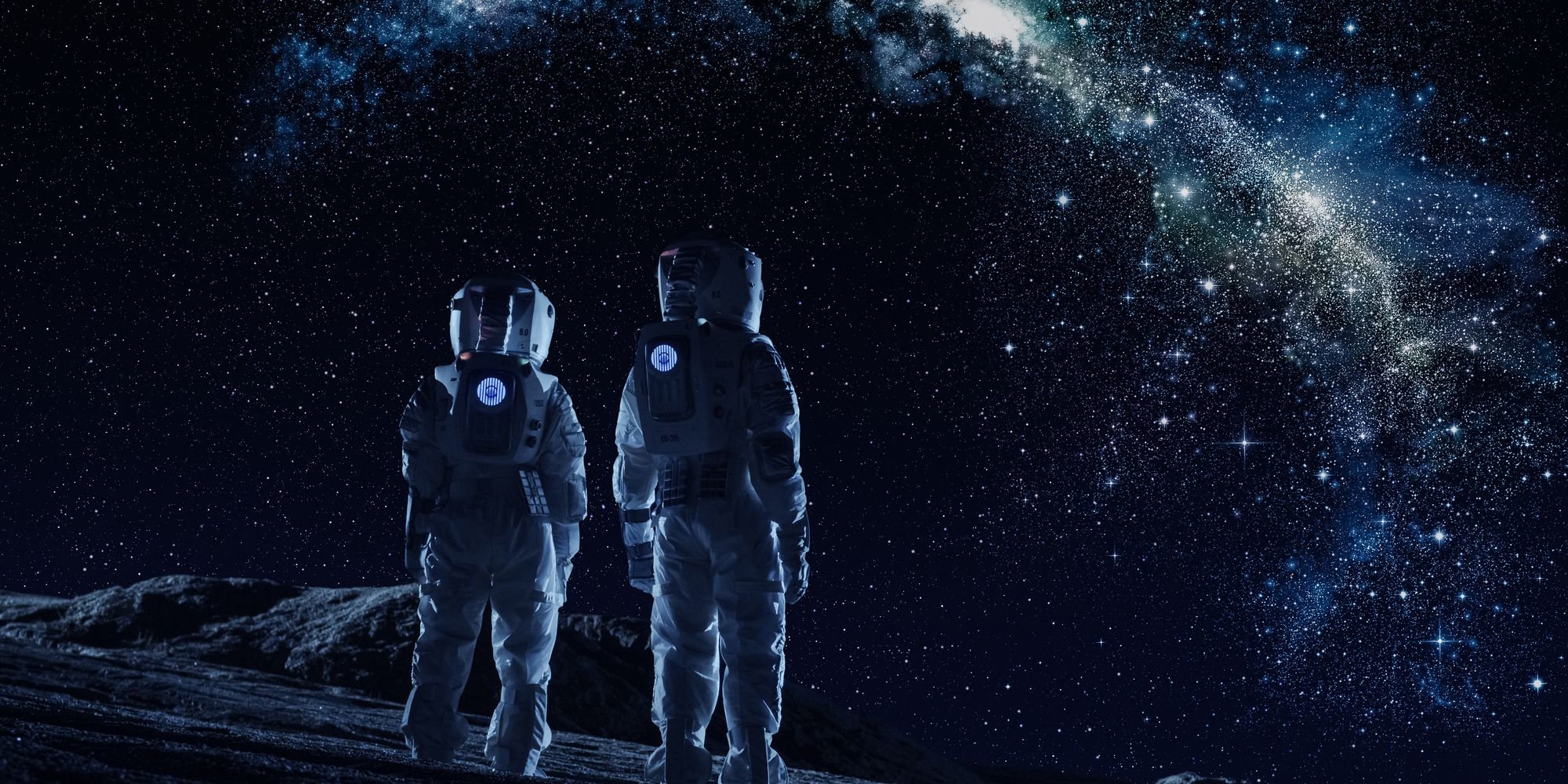
AKASHA’s Fourth World Press Freedom Day (2019)
On our 4th World Press Freedom Day we started off on our current through a post entitled AKASHA Reloaded: Three Spins Around The Sun Later. This new trajectory involved building a framework, one where people and communities can deploy their own customized, purpose-built, purposeful social networks fulfilling whatever needs they have as a community.
Diving Into the Oceans of Time: Metamorphosis Part II was published alongside this, in which we explored collective self-expression, highlighting the quantity of time that collectively ends up sunk into Facebook:
There are currently over 2.3 billion active monthly Facebook users From these people, 1.56 billion are active daily. We use a conservative average of ~24 mins/day (based on these numbers for the US).
Now let's calculate how much time Facebook consumes from all these people 24 minutes * 1,562,000,000 people = 37,488,000,000 total minutes.
Since there are 1,440 minutes in a day, we will multiply this number by the number of days in a common year calendar to find out the total number of minutes in a year.
37,488,000,000 total minutes / 525,600 minutes in a year = 71,324.2 total years
Facebook consumes over 71,324 years from the lives of all these people. Every. Single. DAY.
Our new course was pretty clear, we sought to create this tool and put it out there so that people and communities could maximize the beneficial aspects of this sort of communication:
New horizons for social media networks can be seen as ways to gain empowerment and new avenues through which we can collaborate towards a more equal society.
Only that this time through technology designed to maximize collaboration potential and collective intelligence, not advertising profit. Through something that enhances our human condition rather than turning it against us.
AKASHA’s Fifth World Press Freedom Day (2020)
We've stretched this a bit in order to include our Devcon 5 announcement for context.
In Osaka we added extra context and further explained the AKASHA Reloaded phase by revealing that the flagship World to be built with the AKASHA World Framework was to be Ethereum World, a new world of social interaction that seeks to unify the Ethereum ecosystem by integrating decentralized apps into a simple, delightful social experience.
At the moment we are still hard at work trying to make this new world the best it can be; if the video above has piqued your interest, our Dev Team have written about authentication, our feature freeze, and given a general overview of the AKASHA World Framework.
AKASHA’s Next World Press Freedom Day? (2021)
By May 3rd 2021 Ethereum World will be up and running, the culmination of years of experimentation, community engagement, and hard work. We move closer and closer to fulfilling the Ethereum World Manifesto:
We believe that Ethereum is a gift to humanity. A global public resource in the form of a permissionless blockchain enabling programmable money, executable smart contracts and decentralized applications without borders.
We want to accelerate the adoption of Ethereum-based apps and services by transforming how they attract, engage and delight users.
Imagine a world in which Ethereum is simple to use, social in nature, and global in adoption. Imagine the first billion people experiencing Ethereum as borderless social interactions powered by permissionless innovation.
If this sounds like the kind of World you'd like to experience, or that you have some suggestions for, you can learn more and engage in the active cocreation of it via the Ethereum World landing page.
